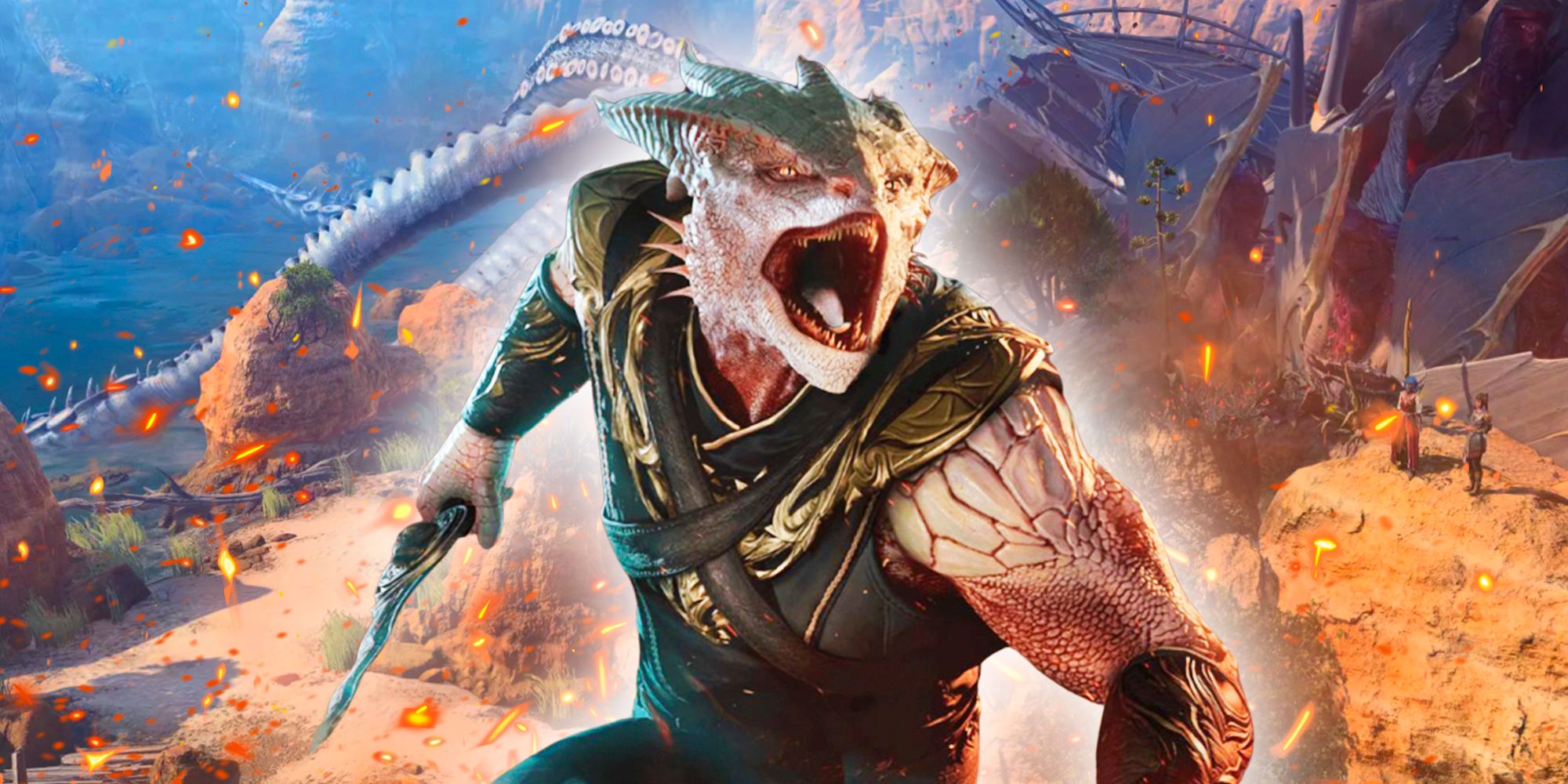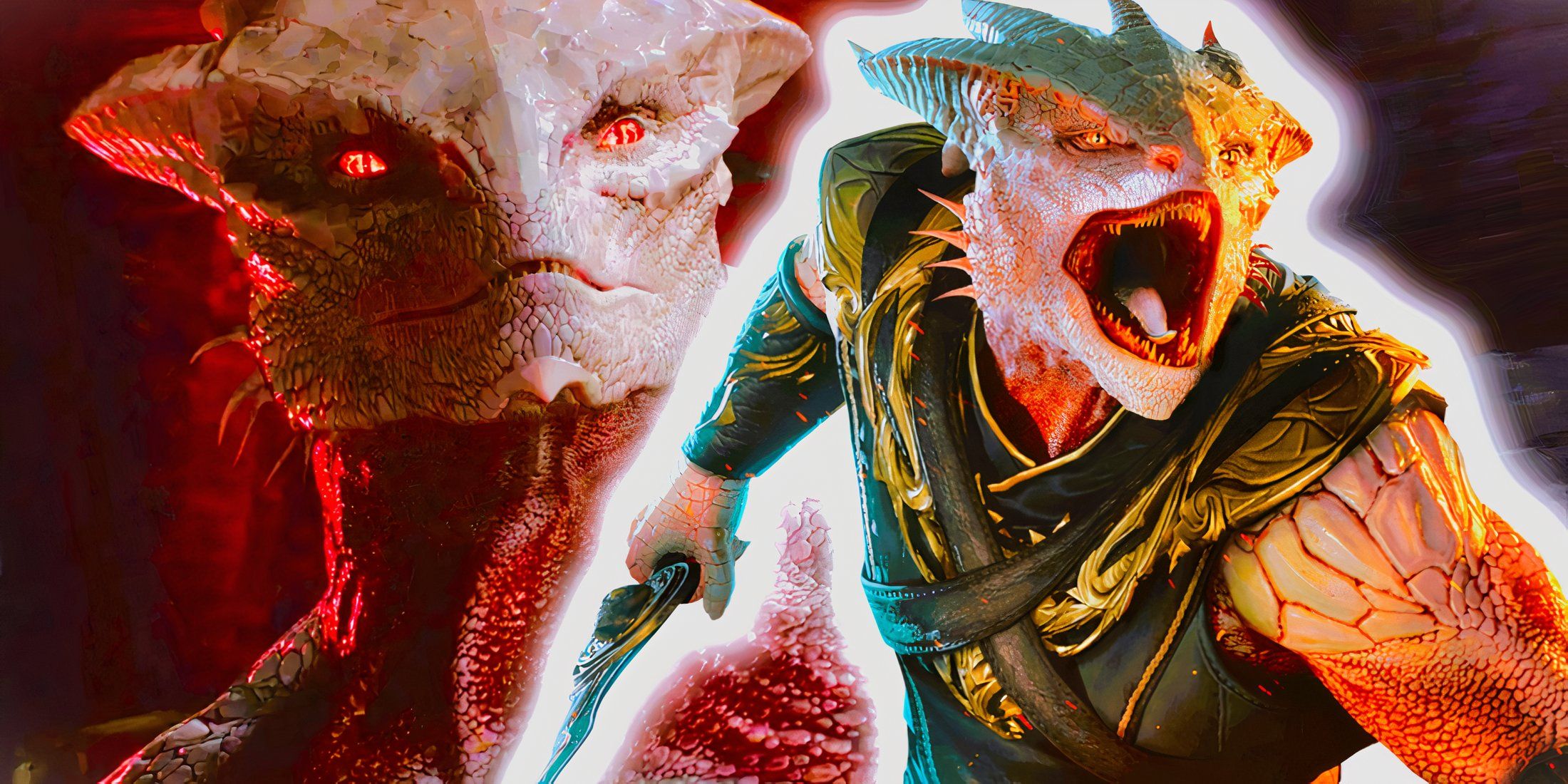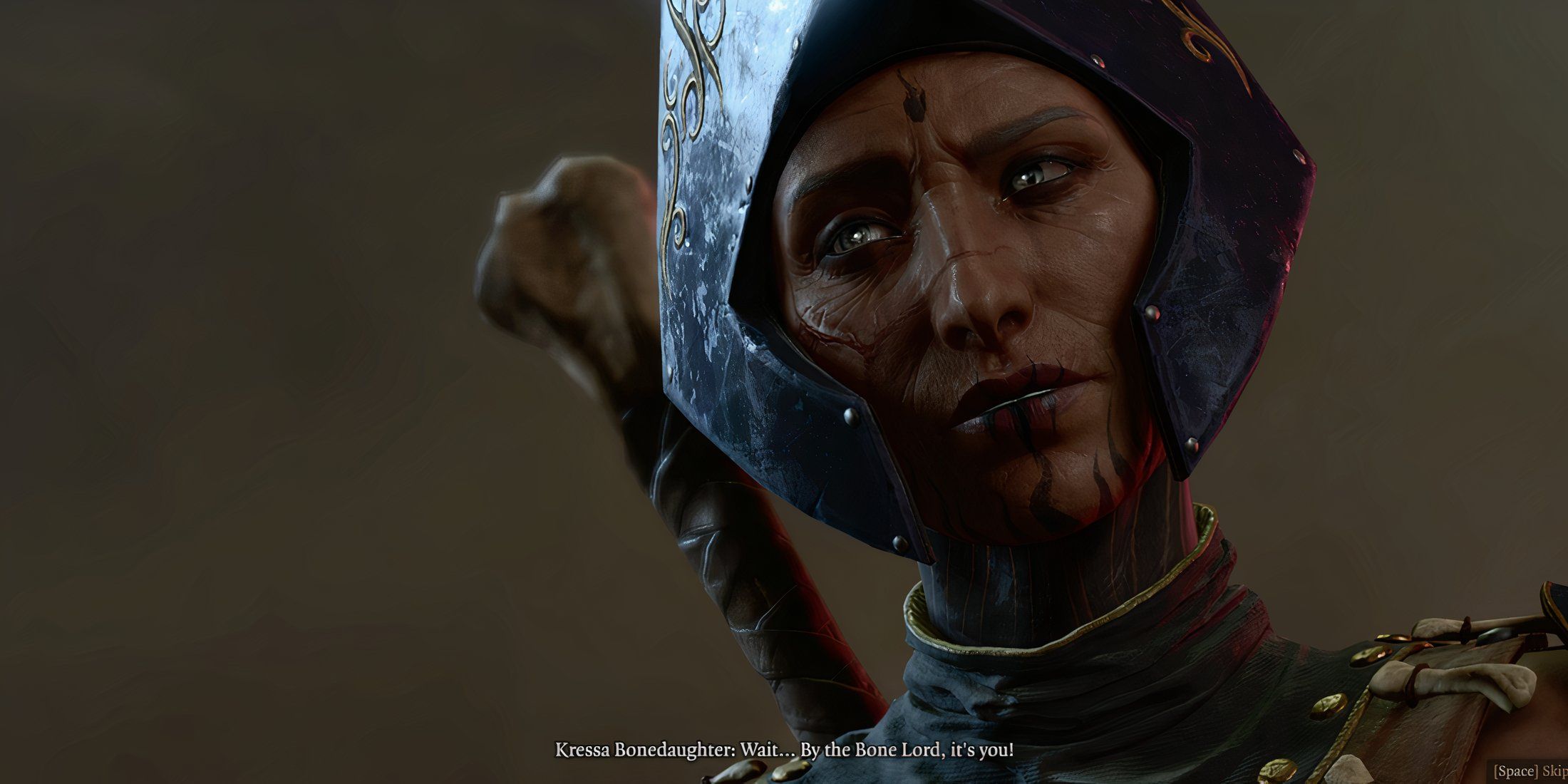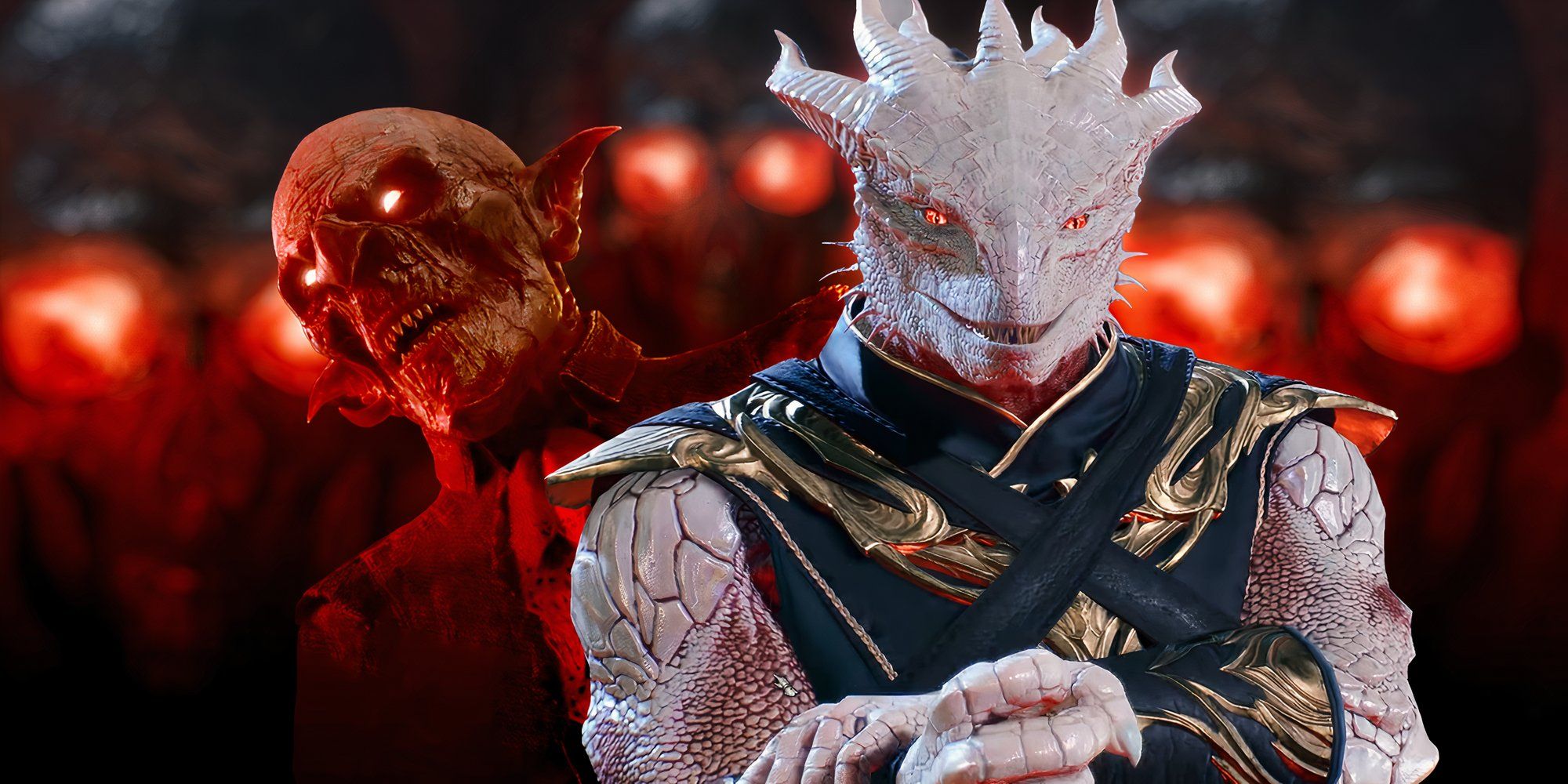Baldur’s Gate 3, Larian Studios’ 2023 masterpiece, has enthralled players with its rich storytelling, deep role-playing mechanics, and morally complex choices. Among its seven Origin characters, the Dark Urge stands out as a unique, fully customizable protagonist with a blood-soaked backstory tied to Bhaal, the God of Murder. Unlike other Origins—like Astarion, Gale, or Shadowheart—who join your party as companions if not chosen, the Dark Urge’s fate is shrouded in mystery when you opt for a custom “Tav” or another Origin. “Don’t make the mistakes I did,” players warn, reflecting on how overlooking this character’s story leaves a haunting gap in the narrative. So, what becomes of the Dark Urge if you don’t play them? Across three possible fates, their journey is a tragic tale of violence, loss, and unfulfilled potential that underscores the game’s themes of agency and redemption. Let’s unravel the Dark Urge’s destiny and why it resonates with fans.

The Dark Urge: A Bhaalspawn’s Burden
In Baldur’s Gate 3, the Dark Urge is a Bhaalspawn, a child of Bhaal, the Lord of Murder, created to serve his bloody will. Unlike other Origins, they’re fully customizable—any race, class, or appearance— but locked to the Haunted One background, reflecting their tormented mind. Plagued by amnesia and violent impulses, the Dark Urge’s story revolves around uncovering their past as a leader in Bhaal’s cult and their role in the Absolute’s plot alongside antagonists like Orin and Gortash. Playing as the Dark Urge offers a personal questline, unique dialogue, and choices to embrace or resist their murderous urges, culminating in a confrontation with Bhaal himself. Their narrative feels central to the game, with many fans arguing they’re the “canonical” protagonist due to their deep ties to the main plot.
If you choose another character, the other six Origins appear as recruitable companions in Act 1, each with their own arcs. The Dark Urge, however, is conspicuously absent, raising questions about their fate. The game’s design ensures they exist in the world, but their story unfolds off-screen, shaped by the same events that drive the player’s journey—mind flayer infection, the Absolute’s influence, and Bhaal’s machinations. The ScreenRant article outlines three possible outcomes, each tragic, based on their survival of the nautiloid crash and their path to Baldur’s Gate.
The Nautiloid Crash: A Shared Starting Point
The Dark Urge, like the player, begins aboard the mind flayer nautiloid, infected with an illithid tadpole. If not chosen, they’re still on the ship, but their absence at the crash site in Act 1 suggests they either perished or escaped differently. The game implies they survive, as their story continues in Act 3, where evidence of their fate surfaces in Bhaal’s Temple. Without the player’s control or the Astral Prism’s protection—which shields the player from the Absolute’s control—the Dark Urge is vulnerable to both the tadpole’s influence and Bhaal’s grip. This sets the stage for their tragic journey, as they lack the party’s support or the narrative focus that allows a player-controlled Dark Urge to resist or redirect their urges.
Fate 1: Enslaved by the Absolute
One likely fate is that the Dark Urge becomes a thrall of the Absolute. Without the Astral Prism, the tadpole’s influence dominates, compelling them to believe they’re a True Soul, a loyal servant of the cult. Like other infected NPCs, they may journey to Moonrise Towers in Act 2, joining the Absolute’s army as it marches to Baldur’s Gate. By Act 3, they reach the Lower City, but their story ends grimly. In Bhaal’s Temple, players can find a body in a blood circle at coordinates (x:102, y:1005), identified as the Dark Urge if not chosen. This corpse, described as a fallen Bhaalspawn, suggests they succumbed to the Absolute’s control or were killed by Bhaal’s followers, perhaps for failing to reclaim their role. The lack of the party’s guidance leaves them directionless, their violent urges unchecked, leading to a lonely, ignoble death.
This fate reflects the game’s theme of autonomy. The player-controlled Dark Urge can resist the Absolute through the Prism and companions like Astarion, who empathize with their struggle. Without this support, the Dark Urge is just another pawn in the cult’s schemes, their potential wasted. The discovery of their body in Act 3 is a somber moment, underscoring how close they came to shaping the story’s outcome.
This Bhaalspawn Proves Resilient, Even Without An Adventuring Party
This Addled Murderer Makes It All The Way To Baldur’s Gate



Fate 2: A Doomed Challenge Against Orin
A more intriguing possibility is that the Dark Urge, driven by Bhaal’s influence, challenges their sibling Orin for leadership of Bhaal’s cult. Orin, the current Chosen of Bhaal, betrayed the Dark Urge before the game, stripping their memories and leaving them for the mind flayers. If the Dark Urge survives the nautiloid and reaches Baldur’s Gate, Bhaal’s call may overpower the tadpole’s control, urging them to reclaim their place. In this scenario, they confront Orin in the Temple of Bhaal, seeking to become Bhaal’s Chosen again.
However, without the player’s party, experience, or gear honed across Acts 1 and 2, the Dark Urge is no match for Orin, a formidable assassin with shape-shifting abilities and deadly combat prowess. Orin likely defeats them, leaving their body in the temple’s blood circle as a testament to her dominance. This outcome highlights the Dark Urge’s tragic flaw: their connection to Bhaal, which promises power but delivers only death. It also mirrors the player’s potential path, where defeating Orin is a pivotal choice, but without the resources to succeed, the Dark Urge’s ambition becomes their downfall.
Fate 3: A Shadowy Survival
The third, less defined possibility is that the Dark Urge survives longer but remains a shadow of their potential. They may evade both the Absolute and Orin, wandering Baldur’s Gate under Bhaal’s influence, committing murders as their urges dictate. This aligns with their backstory as a feared cult leader who once commanded devotion in Bhaal’s Temple. However, without the player’s intervention, they lack the clarity to redeem themselves or seize control. Their body in the temple suggests they eventually meet a violent end, perhaps killed by Bhaal’s followers or Orin’s agents as a loose end. This fate is the most ambiguous, leaving players to imagine the Dark Urge as a ghostly figure haunting the city’s underbelly, their story untold.
Why the Dark Urge’s Absence Matters
The Dark Urge’s fate when not chosen underscores Baldur’s Gate 3’s narrative depth. Their story is woven into the game’s fabric, with ties to Bhaal, the Absolute, and key characters like Orin and Sarevok, a returning Bhaalspawn from the original Baldur’s Gate. If played, the Dark Urge can uncover memories—like torturing animals at Moonrise Towers or collaborating with Ketheric Thorm—revealing they masterminded the Absolute’s plot before Orin’s betrayal. This makes their absence feel like a missed opportunity, as their personal quest intertwines with the main story more than any other Origin’s.
Finding their body in Act 3 is a gut-punch for players who’ve played a Dark Urge run. It’s a reminder of their potential for redemption, achievable only through the player’s choices, such as rejecting Bhaal with Withers’ aid, who revives them free of their urges. Without this, their story ends in tragedy, reinforcing the game’s theme that agency shapes destiny. The Dark Urge’s customizable nature and unique mechanics—like eating roasted dwarf for healing or gaining the Slayer form—make their absence a loss of both narrative and gameplay richness.
Fan Reactions and Game Design
The Dark Urge’s fate has sparked vibrant discussions among fans, especially on platforms like Reddit, where players lament misconceptions about the character. Many see them as the “true” protagonist, given their plot connections, but their grim end when not chosen highlights Larian’s commitment to consequences. The game doesn’t coddle players; choices—or the choice not to play the Dark Urge—have weight. Mods and Patch 7’s expanded evil endings, teased in 2023, show Larian responding to fan demand for more Dark Urge content, but the base game’s design ensures their story feels complete, even in death.
The contrast with other Origins is stark. Companions like Karlach or Astarion thrive or suffer based on player actions, but the Dark Urge’s isolation without player control mirrors their internal struggle. Their customizable Haunted One background rewards both evil and redemptive playstyles, making their off-screen demise feel like a cautionary tale: without guidance, even a Bhaalspawn’s power is futile.
Why the Buzz?
The Dark Urge’s tragic fate when not chosen is a testament to Baldur’s Gate 3’s storytelling prowess. Whether enslaved by the Absolute, defeated by Orin, or lost to their urges, their story haunts players, urging them to replay as this complex Bhaalspawn. The three possible fates—each a dark reflection of their potential—highlight the game’s depth and replayability. Dive into Faerûn, uncover the Dark Urge’s secrets, and see why their doomed journey is fueling endless debates among fans!





